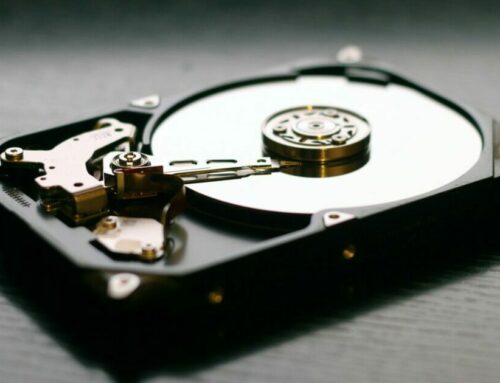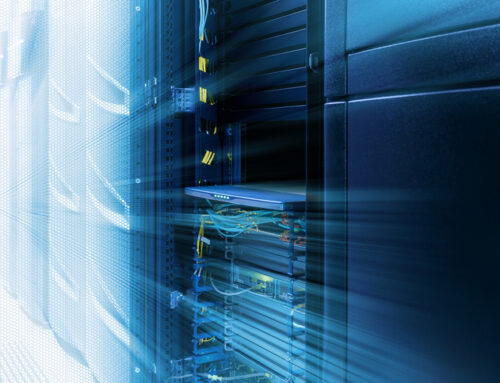If you’ve made any storage upgrades lately, you’ve probably found yourself asking whether solid state drives (SSDs) or hard disk drives (HDDs) are your better choice.
As we’ve written in a previous post, there is often a business case for using both. Even more recently, a new player has entered the arena – SSDs known as non-volatile memory express or NVMe drives. This technology finally unleashes the true potential of solid state storage.
If blazing fast storage is something that would give your business a competitive advantage, we strongly recommend learning more about NVMes. Below, we share some of the basics to get you started.
What are NVMe drives?
NVMe is a standardized interface protocol that allows an SSD to communicate with a computer at (or closer to) the drive’s full potential speed. Up until recently, SSDs have been prevented from delivering the level of storage speed they’re theoretically capable of because of their limited SATA connection speeds. NVMe solves that problem by allowing the SSD to connect via your PCI Express (PCIe) bus.
How do I know if NVMe is right for our business needs?
Simply put, if you want more storage speed, NVMe drives are worth looking at. Prices for this advanced technology have become more affordable, putting them within reach of more smaller organizations with lower IT budgets.
When pricing out NVMe options, take into account the full budget picture. Start with the cost per gigabyte, but don’t stop there. You may be paying a higher price for the drives, but you may make up for it in the form of improved performance, reduced power consumption, and better reliability.
What do we need to do to take advantage of NVMe technology?
Just as your cost analysis should include all of the benefits of faster and more reliable storage, there may be additional changes to your infrastructure required to take full advantage of NVMe drives. Take a look at your existing infrastructure to determine the right NVMe choices for your needs and whether you need to upgrade other hardware to implement these drives. For instance, consider:
Form factor: NVMe drives come in three form factors – M.2, U.2, and half height, half length (HHHL).
Use: Whether you’re looking for faster read or write capabilities will affect your drive choice; some NVMes are better at the former and some are better for the latter.
BIOS upgrade: In order for your NVMe to be bootable, you may need to upgrade your basic input/output system (BIOS).
Drive life expectancy: Manufacturers will warranty an NVMe for a certain number of terabytes that can be written to them, or the number of writes per day that they can handle. Once these figures are exceeded, the drives are no longer considered reliable, so you’ll want an understanding of the demand you’ll be putting on your drives and over what lifespan.
Upgrading to NVMe drives isn’t automatically the right choice for every business, but it’s increasingly a worthwhile option to look into. Do a bit of research on your options and existing infrastructure, and weigh these against the improved speed and reliability you stand to gain from NVMe technology.
Need some tips for crunching the numbers on your future storage needs? This post will help.
And if you’re seeking more information, you can always contact an experienced Summit representative who will get to know your business and help you evaluate your storage options.




